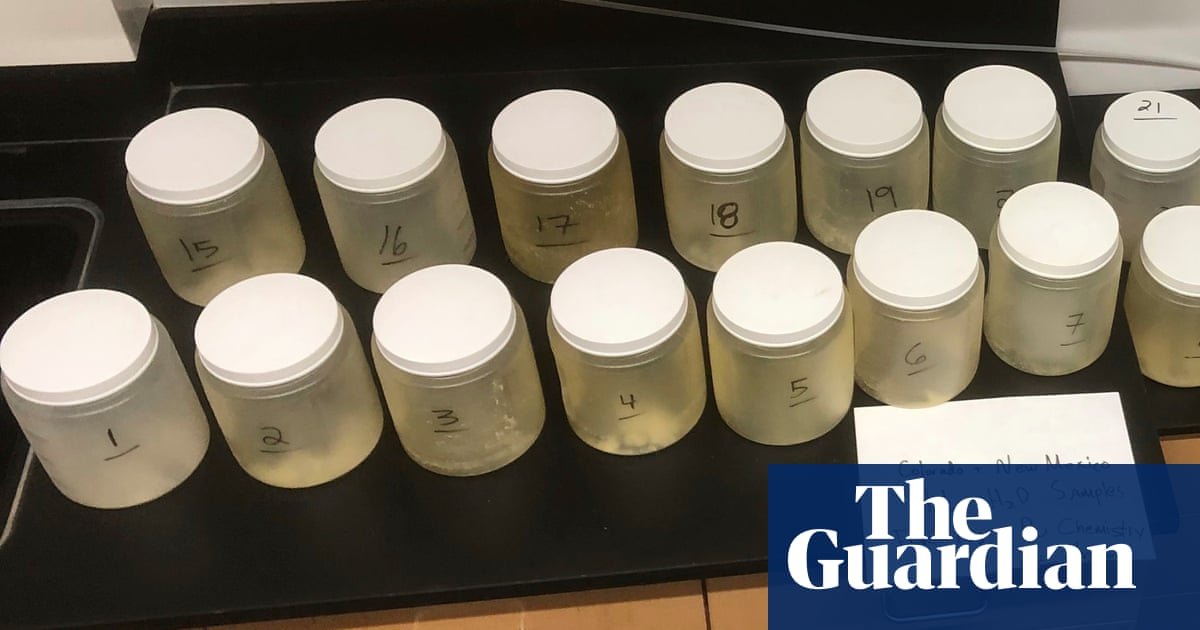Much of the land near the atomic bomb’s birthplace was converted to recreational areas, but toxic waste remains
Soil, plants and water along popular recreation spots near Los Alamos, New Mexico, the birthplace of the atomic bomb, are contaminated with “extreme concentrations” of plutonium, a new study has found, but calls for the federal government to act have been dismissed.
Michael Ketterer, a Northern Arizona University scientist and lead researcher on the project, said the plutonium levels in and around New Mexico’s Acid Canyon were among the highest he had ever seen in a publicly accessible area in the US during his decades-long career – comparable to what is found in Ukraine at the site of the Chornobyl nuclear disaster.
The radioactive isotopes are “hiding in plain sight”, Ketterer said.



Isn’t the wind spreading it around the globe?
Yup. The radiation from the tests spread it around so much that there’s a
geographicgeological level in the rock record.Do you mean geologic, not geographic?
How does that work though? Sedimentary rocks formed in the last 100 years must be way deeper than any of the soil that could be affected by the atmosphere?
Or am I overthinking this and you’re saying that there’s an indicator in recent soil deposits that correlates to radioactive testing.
The current geological era will have measurable levels of radioactive isotopes different from expectations. Just like we can tell when plants started making oxygen from the Fossil record and rock chemistry, we’ll be able to tell when humans started having some physics fun time in the atmosphere.
Other fun fact is that we’ve added a decent set of new markers for future archeologists to date things with.
I think we’ve caused some of the carbon dating techniques to need a little * in the future, since we’ve shifted the baseline level around quite a bit.
We also added some new radioactive isotopes to the mix, like strontium, which show up in your teeth. Not new-new, but measurably increased levels.
We can actually use the levels in your teeth to predict your age within a year or two.
The discovery of this is part of what motivated the partial nuclear test ban that had both the US and Soviet Union stop testing in the atmosphere.
Fun fact! This is also how we know when certain asteroids smashed into the earth, because the impact deposits a layer of minerals and elements not found super common in the crust.
Also, sensing equipment that uses or detects radiation as part of its function has to be made of non-radioactive materials in order to not interfere. And since hairless apes started cracking atoms open, all steel is ever so slightly radioactive. They need special preparations to make steel without any isotopes present. This also means pre-1945 steel fetches a higher price in some instances.
Maybe it’s soil vs rock? I think that there wouldnt have been enough time for new layers to form given how slow of a process it is
Yeah it’s in the soil. It can be dated.
I did mean geologic. Coffee was only beginning to be consumed when I wrote that.